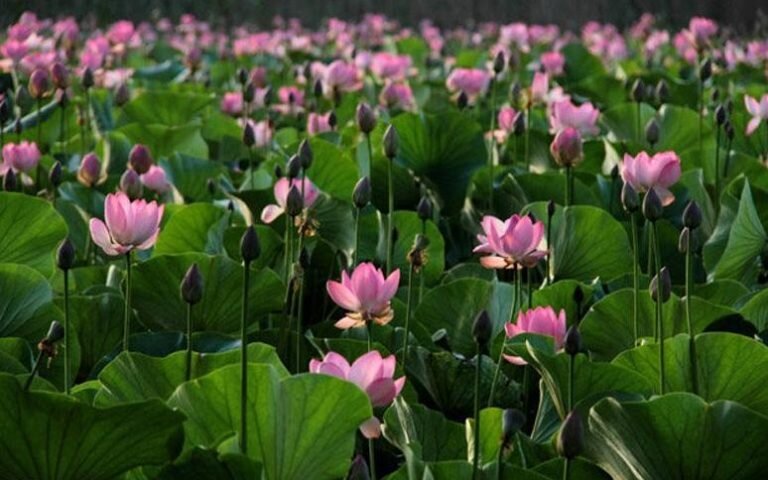INSUBCONTINENT EXCLUSIVE:
heritage in the west part of Mazandaran deserves to be recognized as part of the tourism network of the province.A variety of natural
resources exist in Mazandaran could attract tourists, but they need to be better promoted, he said.Both tourists and investors, as well as
local officials, should be aware of and exposed to these natural assets so that appropriate measures can be taken to use them more
effectively, the official added.Lakes, waterfalls, forests, parks, caves, and other natural attractions make the province a paradise for
nature lovers, he noted.Throughout the year, Mazandaran hosts millions of tourists from all parts of the country due to its many natural
sights, such as the forest and the sea.Sandwiched between the towering Alborz mountain range and the Caspian Sea, Mazandaran has a rich yet
An early civilization flourished at the beginning of the first millennium BC in Mazandaran (Tabarestan).Its insecure eastern and
southeastern borders were crossed by Mongol invaders in the 13th and 14th centuries
Cossacks attacked the region in 1668 but were repulsed
It was ceded to the Russian Empire by a treaty in 1723, but the Russians were never secure in their occupation
The area was restored to Iran under the Qajar dynasty.The northern section of the region consists of lowland alongside the Caspian and
upland along the northern slopes of the Alborz Mountains
Marshy backlands dominate the coastal plain, and extensive gravel fans fringe the mountains
The climate is permanently subtropical and humid, with very hot summers.Having an opulent tourist circuit with 26 UNESCO World Heritage
sites, of which the vast Hyrcanian Forest and Lut Desert are among the natural properties, Iran seeks to acquire a greater share of the

